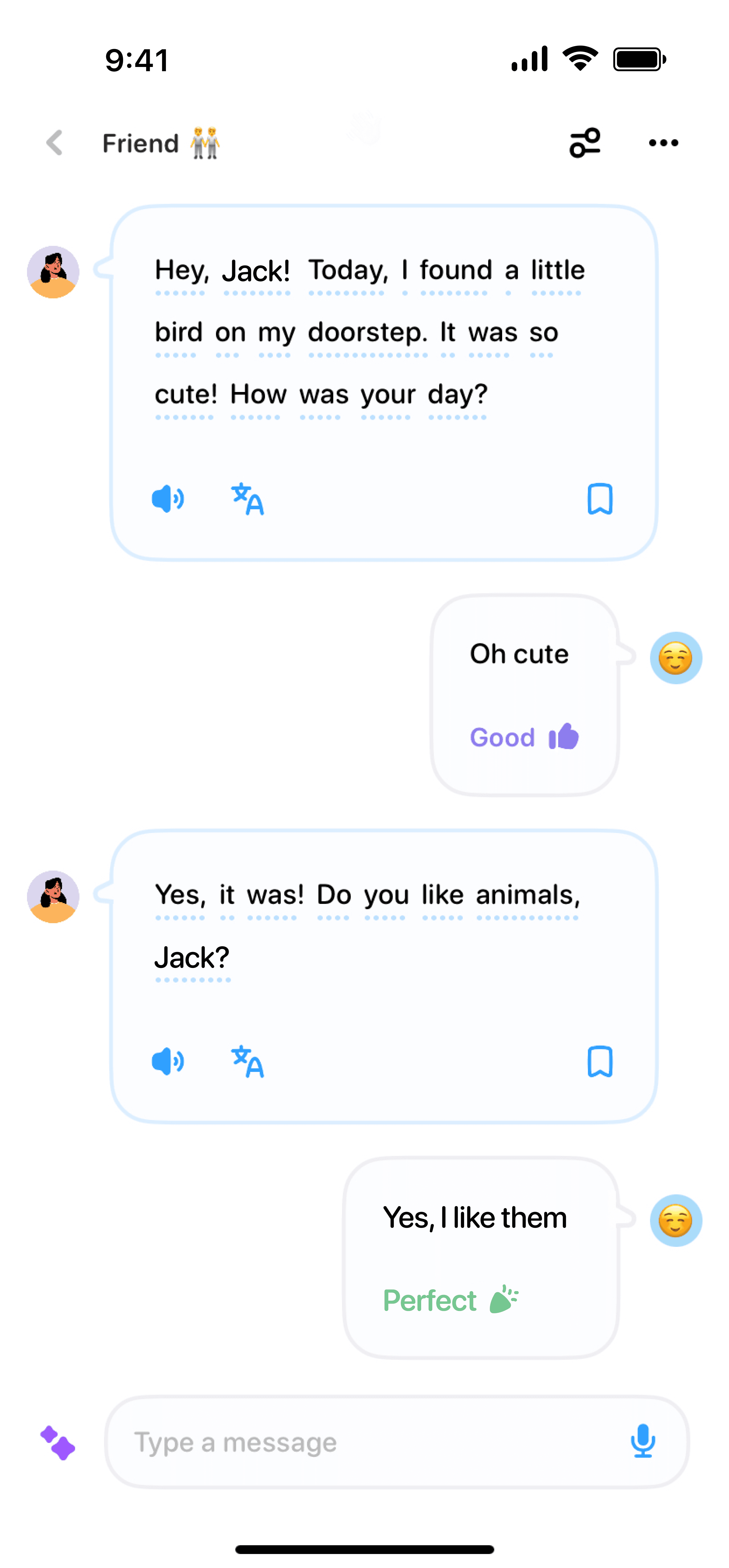06/17/2024
·
Emma Robbie
Learning a new language is an exciting adventure, and Spanish, with its rich culture and worldwide usage, is a popular choice. But one of the first questions that come up is: how many hours does it take to learn Spanish? The answer isn't one-size-fits-all, but we can break it down to give you a clearer picture.
What’s Your Starting Point?
The number of hours you'll need depends heavily on your starting point. Do you already know some Spanish? Are you familiar with other Romance languages like French or Italian? If you're starting from scratch, it will take you longer than someone who already has a background in a similar language.
Fluency Levels: A General Breakdown
Let’s consider the different fluency levels you might aim for:
Basic Conversational Skills: Around 150-300 hours. This level means you can handle everyday conversations, order food, ask for directions, and so on.
Intermediate Fluency: About 300-600 hours. At this stage, you can discuss a wider range of topics and understand more complex structures, although some nuances might still escape you.
Advanced Fluency: 600-750 hours. Now you can understand and contribute to almost all conversations. You'll be able to read newspapers, watch TV shows, and navigate most situations you'll encounter in a Spanish-speaking country.
Native-like Fluency: This usually requires 750+ hours. Achieving this level means you can speak, write, and understand Spanish almost as well as a native speaker.
Remember, these are rough estimates and your personal progress might vary. Consistency is key, so steady and regular practice will generally yield the best results.
Effective Learning Strategies
Immerse Yourself in the Language
One of the most effective ways to speed up your learning process is through immersion. This doesn’t mean you have to move to Spain or Latin America (though it helps!). You can immerse yourself by watching Spanish movies, listening to Spanish music, and trying to think in Spanish throughout your day.
Enroll in a Course or Get a Tutor
Structured learning can significantly reduce the number of hours you'll need to become fluent. Language courses or a personal tutor can guide you and correct mistakes before they become bad habits. They can also provide you with a clear roadmap and milestones to aim for.
Practice Speaking: The Golden Rule
The more you practice speaking, the quicker you'll learn. Find a language exchange partner, join a conversation group, or use language-learning apps that focus on speaking skills. The goal is to speak as much as possible and not worry too much about making mistakes. The more you practice, the more confident you will become.
Consistency is Crucial
Regardless of the method you choose, consistency is vital. An hour a day is often more effective than cramming in several hours on the weekend. Make a learning schedule that fits into your daily life, and stick to it. The cumulative effect of regular practice will help you reach your language goals faster.
Set Realistic Goals
Setting clear, achievable goals can help keep you motivated. Break down your learning into manageable chunks. For example, aim to learn 10 new words a day or finish one Spanish book a month. Celebrate your achievements along the way to keep your motivation high.
Conclusion
So, how many hours does it take to learn Spanish? It depends on your starting point, your dedication, and the learning methods you use. But whether you need 150 hours or 750 hours, the journey of learning Spanish can be truly rewarding. With consistent effort and the right strategy, you'll be having meaningful conversations in no time. ¡Buena suerte!



